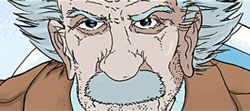 This week, another comic involving science — Jonathan Hickman and Nick Pitarra’s The Manhattan Projects — and thus another visit from comics-and-science-loving podcaster Ryan Haupt! He and Tim speculate on the meaning of Hickman’s tag line “Science. Bad.”, examine which parts of the story are fact and which are extrapolation from fact (or just plain made up!), some facts that Hickman got wrong, and more. Plus: how can the writer of such a wacky book turn around and write such dark, funless Avengers stories?
This week, another comic involving science — Jonathan Hickman and Nick Pitarra’s The Manhattan Projects — and thus another visit from comics-and-science-loving podcaster Ryan Haupt! He and Tim speculate on the meaning of Hickman’s tag line “Science. Bad.”, examine which parts of the story are fact and which are extrapolation from fact (or just plain made up!), some facts that Hickman got wrong, and more. Plus: how can the writer of such a wacky book turn around and write such dark, funless Avengers stories?
Read issue-by-issue analysis at Multiversity Comics
Podcast: Play in new window | Download
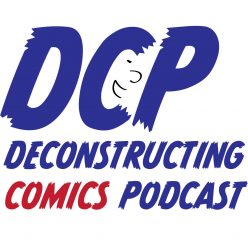
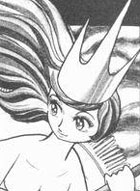
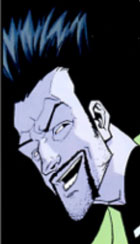
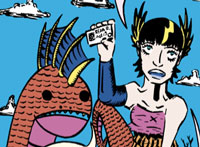
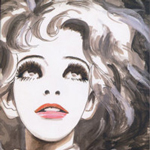
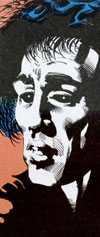 As it’s widely regarded as one of the best comic book series of all time, Dana and Kumar try their best to rekindle their love for Neil Gaiman’s SANDMAN nearly twenty years after its conclusion, only to find the plotting leaden, the art inconsistent, and the world-building frustrating. Has time stripped the series of its lustre, or are these two jerks just too old for it?
As it’s widely regarded as one of the best comic book series of all time, Dana and Kumar try their best to rekindle their love for Neil Gaiman’s SANDMAN nearly twenty years after its conclusion, only to find the plotting leaden, the art inconsistent, and the world-building frustrating. Has time stripped the series of its lustre, or are these two jerks just too old for it?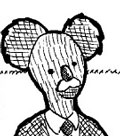
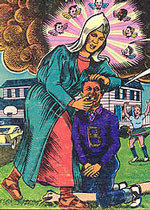
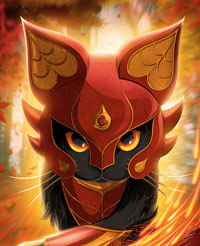 This is the prettiest comic we’ve seen in quite a while! Gorgeous art and a promising story characterize George Caltsoudas’ all-ages digital comic
This is the prettiest comic we’ve seen in quite a while! Gorgeous art and a promising story characterize George Caltsoudas’ all-ages digital comic 